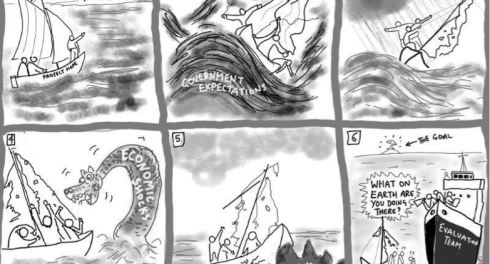
Photo: Unsplash
Increased volumes of aid and the emergence of new donors such as China and India has resulted in a renewed focus on aid effectiveness in recent years.
 Transparency and accountability promises to make aid making more effective, efficient and able to empower its recipients. Improving the transparency and accountability of aid relies on two processes: the supply of better information by donors on what aid they are providing, to who and how; and the ability of the recipients to use that information to hold donors to account.
Transparency and accountability promises to make aid making more effective, efficient and able to empower its recipients. Improving the transparency and accountability of aid relies on two processes: the supply of better information by donors on what aid they are providing, to who and how; and the ability of the recipients to use that information to hold donors to account.
A number of high profile international campaigns and initiatives – such as the International Aid Transparency Initiative – are making some progress towards improving the openness of donor information. There has been less progress on building the capacity of those who receive aid to scrutinise that information. Thus, the ‘supply’ side of the transparency and accountability debate in aid is moving ahead of the ‘demand’ side.
This paper focuses on ways in which international initiatives can promote transparency and accountability between donors and:
- Citizens or funders in the countries where funds are raised
- Recipient governments and other institutions receiving aid in countries where they work
- Citizens and stakeholders in countries where they work
The author argues that whilst international initiatives to improve transparency are necessary, they are insufficient without complementary country-level initiatives, and vice versa. The paper concludes that donors should support institutions that can deliver effective and independent analysis of aid at country level and suggests ways in which recipient governments and institutions can develop a comprehensive view of the resources available to them, plan budgets effectively and hold those providing external finance to account.


